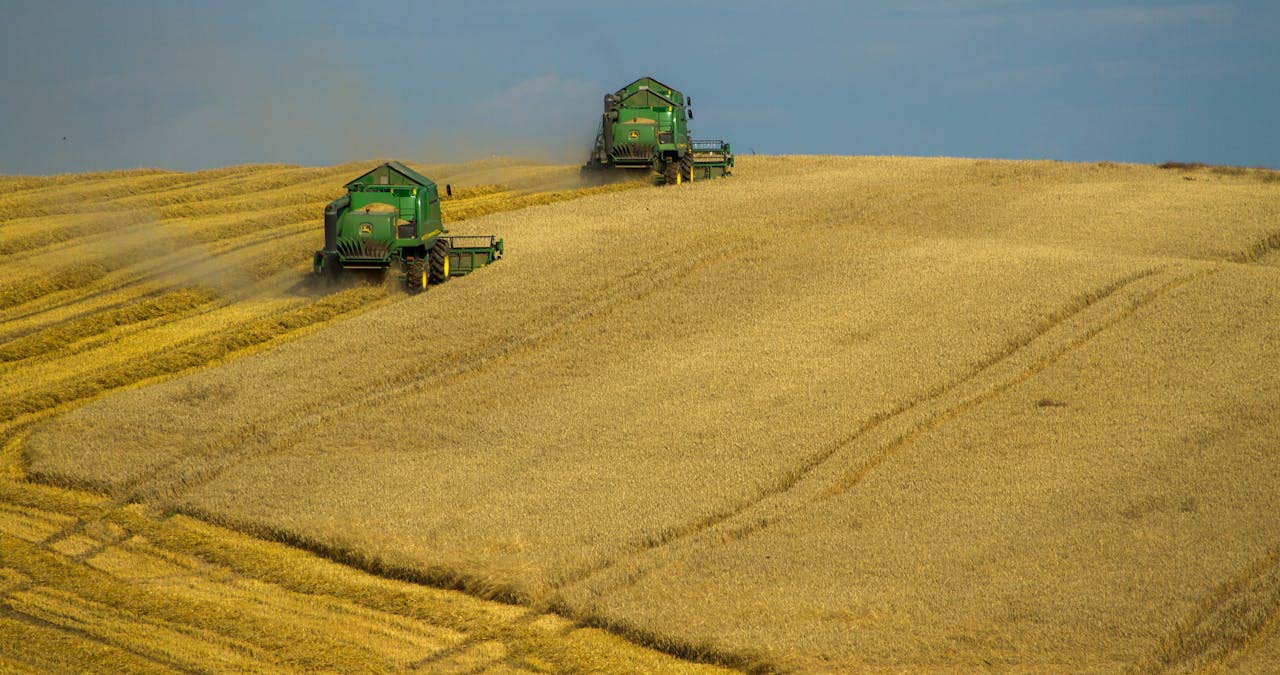Big machines, big decisions, that’s how farmers choose
2025. October 27.When a farmer thinks about buying a new tractor or combine harvester, he often thinks years, even decades ahead. Often, this toolbox is passed on to the next generation, so it makes a difference which brand, model and power you choose. But the stakes are not only price. It is the investment that lays the foundations for the future, for the work, for productivity, and for maintenance and fuel costs. One wrong choice and we’re already feeling the effects.
Finding the right parameters
Above all, it will be the power and the engine that will define us. Horsepower is the most obvious indicator in this area, as it shows how much the machine can handle in difficult environments, how it behaves on steep trails, when towing or pulling heavy machinery. So choosing the optimum engine and drivetrain is the key to everything you want to do. Under-selection can lead to engine burnout and machine breakdown.
Another such factor is hydraulics and connections. Modern large machines have more hydraulic outputs, higher oil flow rates and standard systems. This makes it easy to connect different types of work equipment. If the tractor is not up to the task, the investment will not be successful and you may find yourself in a difficult situation.
The third thing to watch out for is compliance with soil loading. One of the main challenges with heavy machinery is ground pressure and traction. If the machine is not able to drive on slippery ground, or if it leaves too large a wheel track, it can damage the soil structure. This requires optimum tyres, and differential locks and working rollers can also help the machine to cope more easily.
Financial issues
The price of a piece of agricultural machinery can often run into tens of millions of forints, but it’s also important to look at the depreciation and maintenance costs. A well-maintained machine will remain competitive for much longer, but if you buy a cheap machine, it will often cost more to maintain and repair than if you had bought a branded tractor from the outset.
Fortunately, we don’t have to pay for everything ourselves. For most large investments, it is not necessary to finance the asset with cash. Usually, the farmer opts for credit and leasing in order to pay for the new machine. In many cases, there are also government grants, tenders and VAT rebates, which can also be decisive in the choice. And the flexibility of financing options also has a big influence on the final decision.
Of course, this is where the question of how much it is worth to buy new and when it is worth to choose second-hand equipment comes in. Many people think about opting for the latter, but it’s a tricky one, as warranty, parts availability, condition can all be factors to consider. A new machine has a higher initial cost, but there is less uncertainty about spending money on it, as everything is brand new and usable.

What determines how we choose?
A farmer often makes a decision based on more than just charts, it is often past experience, brand loyalty and trust in the dealer that will ultimately lead him to take home that particular model. If the dealer is known and trusted, that alone can be reassuring.
And in some cases, there are also replacement machine options. When the machine doesn’t live up to expectations, there are places and brands that offer a replacement. This also reduces the burden of “what if”.
Choosing bigger farm machinery is therefore not just a technological race to find out which is better, but rather a strategic decision that could determine the future of the entire economy. Conscious farmers cannot afford to let price or horsepower decide. It is important that the machine is useful to the land, but it is also important to have access to subsidy options for financing.

